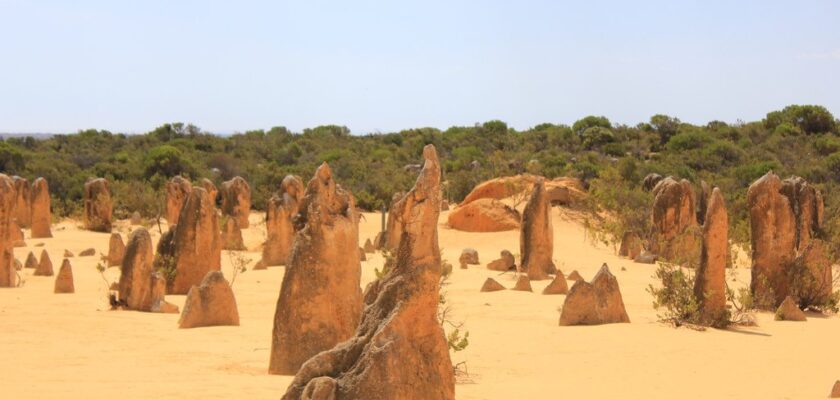Pinnacles
The Pinnacles is a desert in southwestern Australia. It is part of Nambung National Park, located 19 km from the provincial town of Cervantes, 245 km north of Perth, 6 kilometers from the coastline. This part of Western Australia falls within the Coral Coast region.
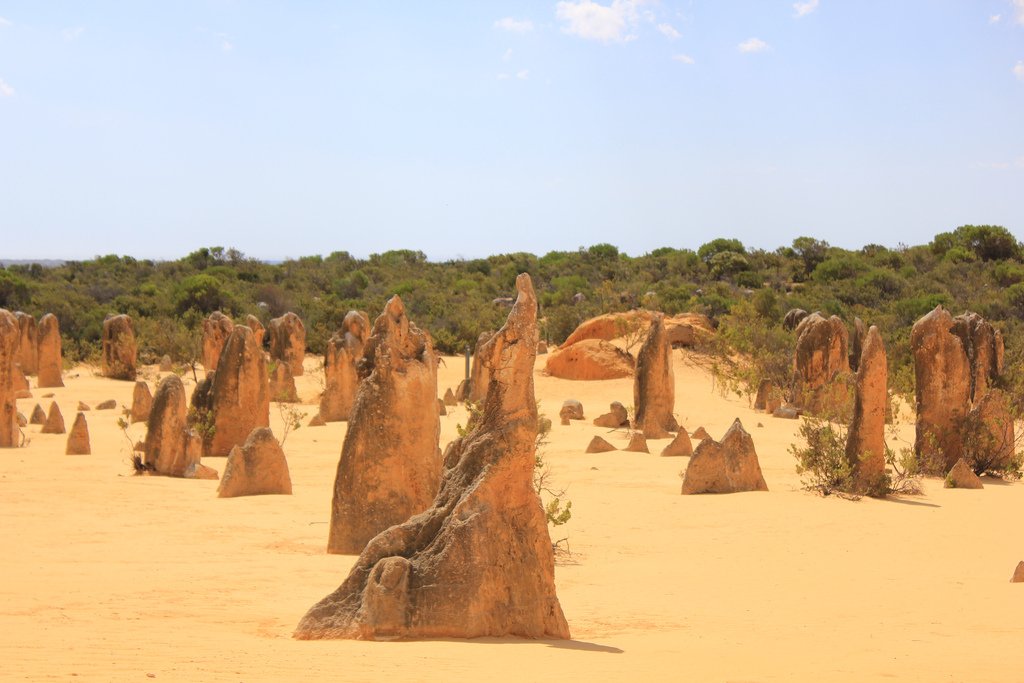
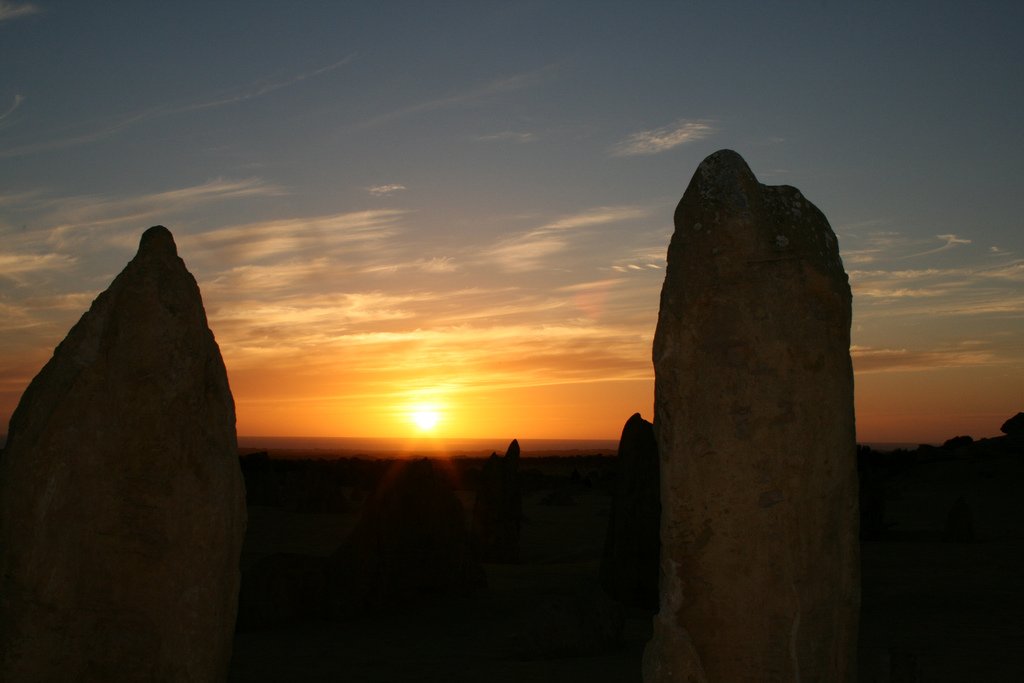
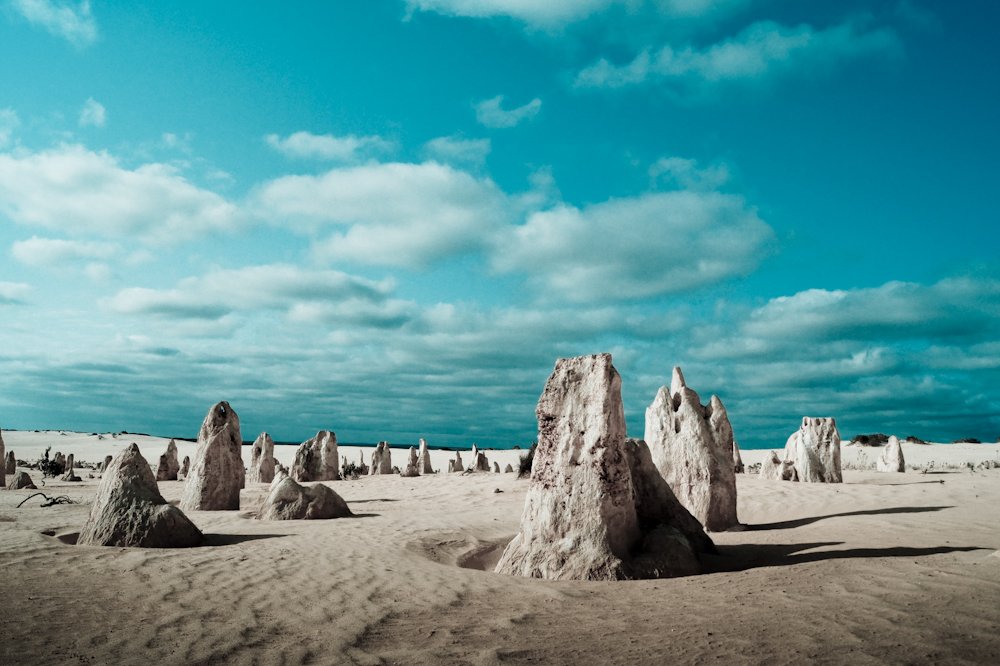
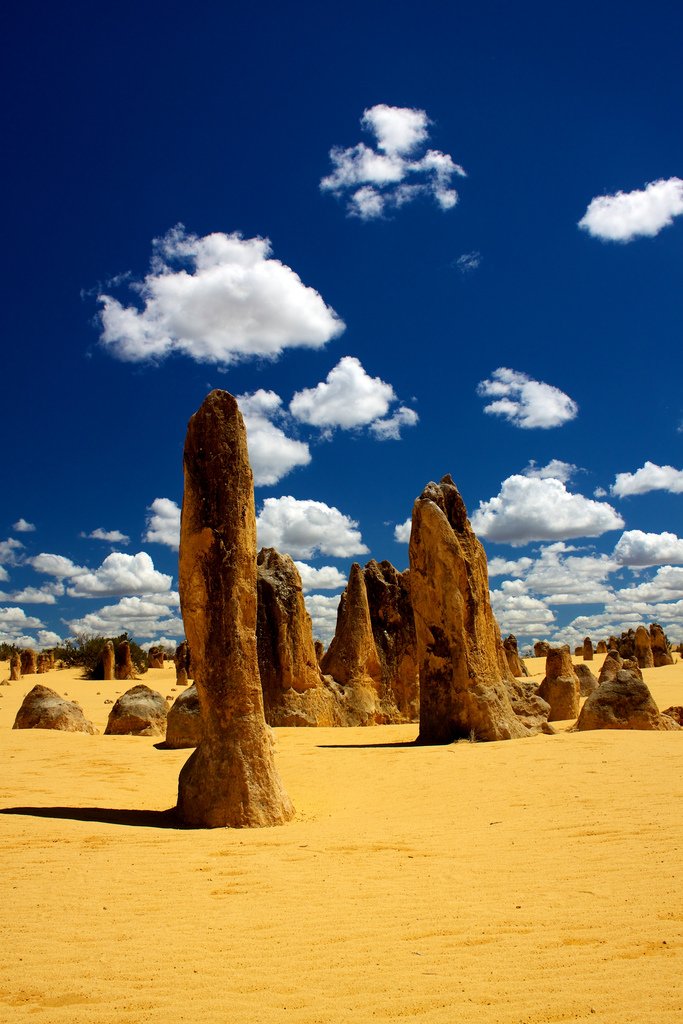
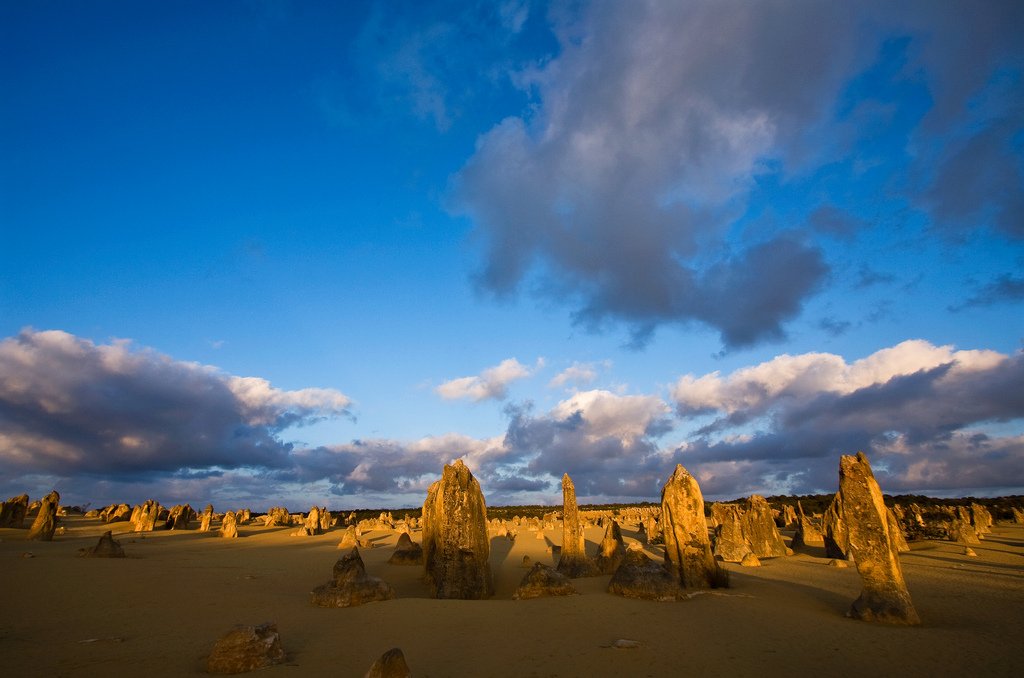
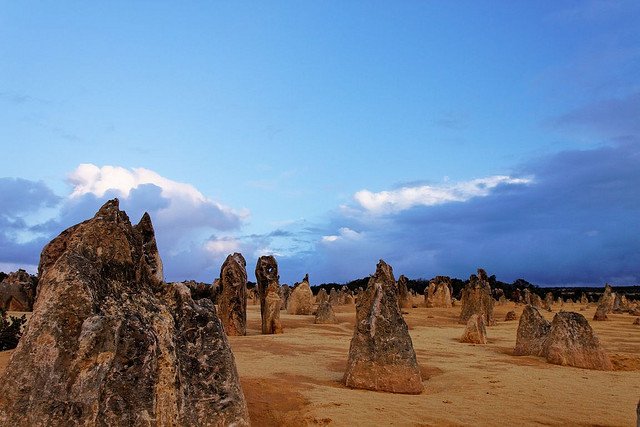
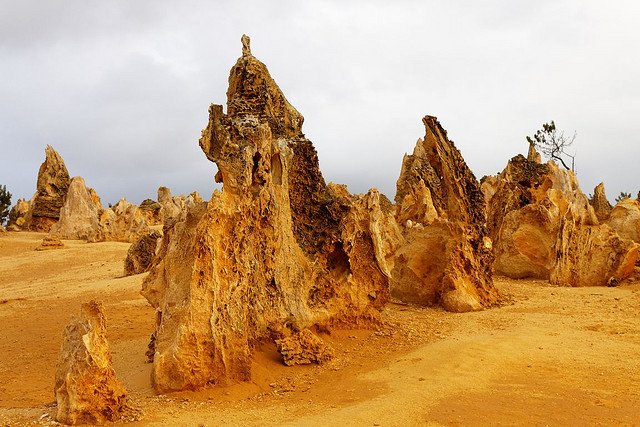
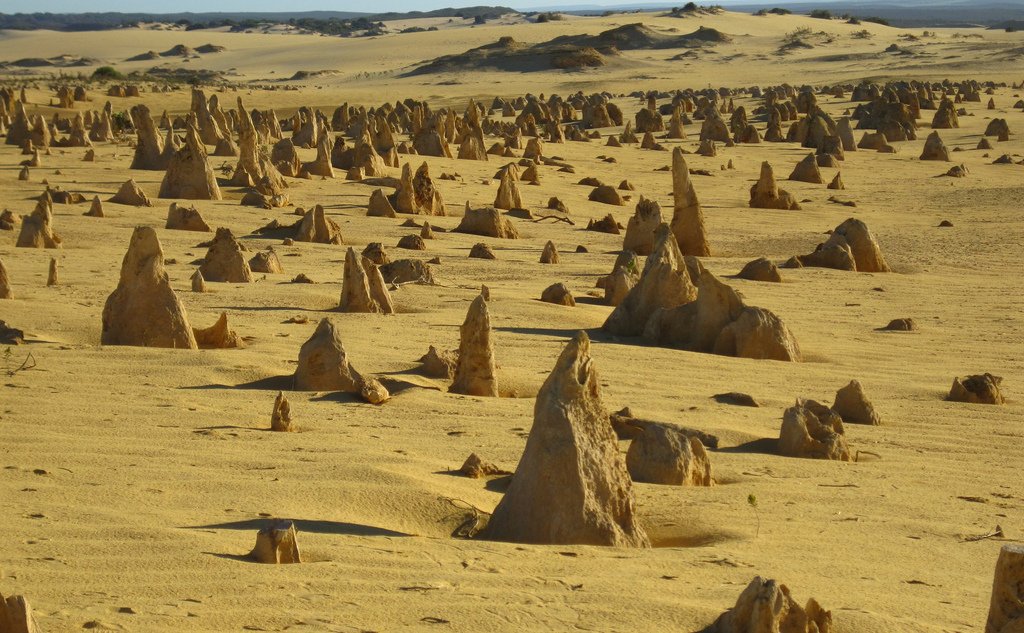
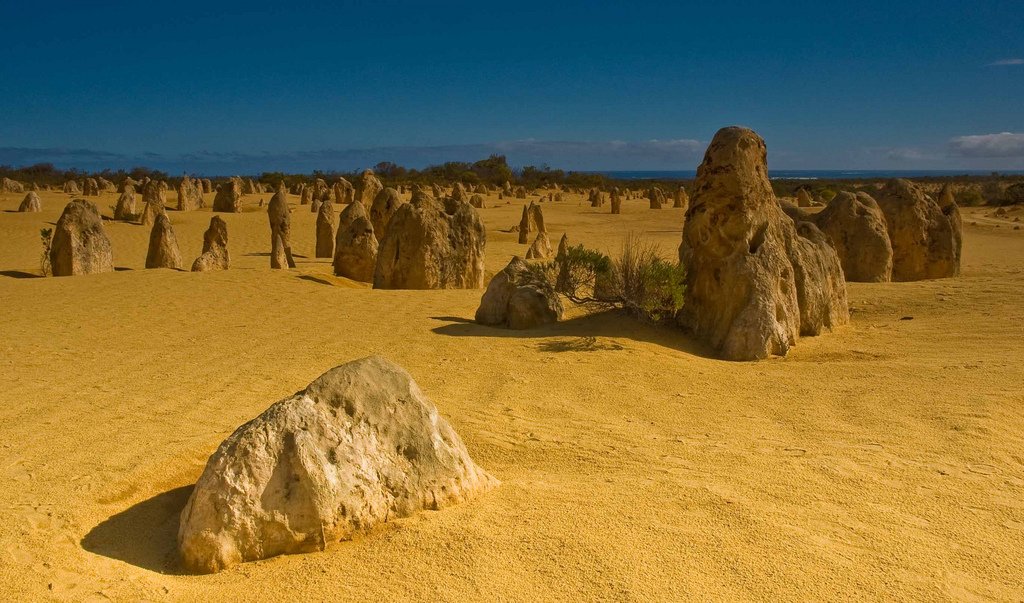
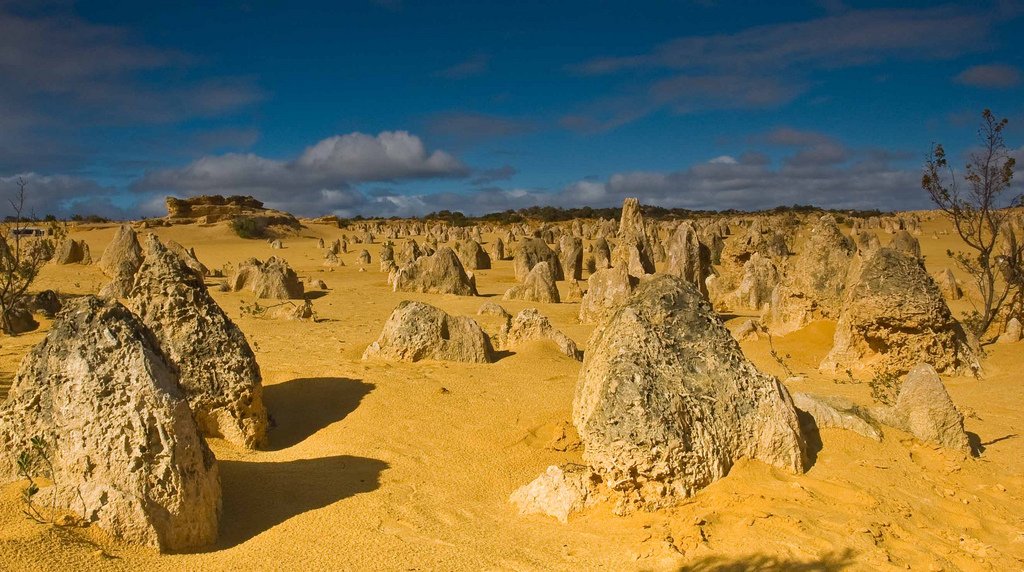
Video: Pinnacles Desert
General Information
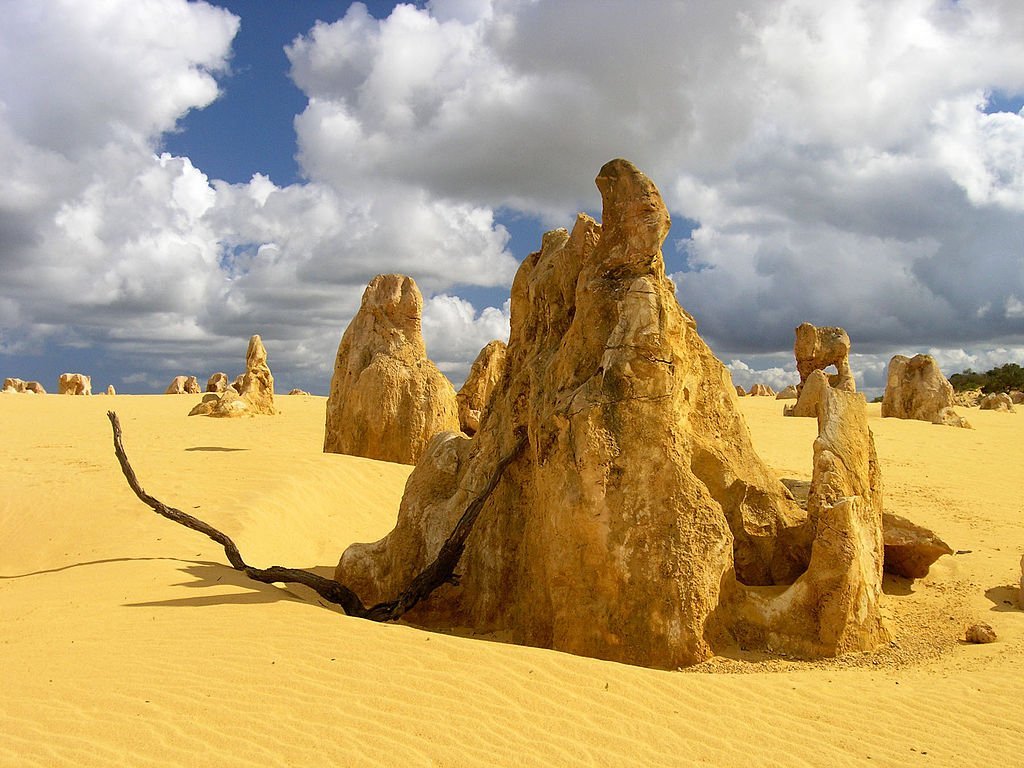
Luxurious golden sands, numerous peaks pointing towards the sky are what catches the eye of tourists visiting the desert. The sandy terrain looks especially beautiful in sunny weather – it seems that everything here is made of gold, because even sharp stones up to 5 meters high are yellow.
.
The Pinnacles Desert looks especially impressive in the morning when the sun rises and in the late evening when the sun goes below the horizon. At these times, the sharp limestone rocks leave unusual shadows on the sand. All the pinnacles located in the desert are varied in shape and height. This also explains the desert’s name – “Te Pinnacles” translates to “desert of pointed rocks.”
Tourists
More than 250,000 travelers come here every year. Tourists can get to the desert from the nearby city of Cervantes. The journey takes about half an hour.
.You can visit the Pinnacles at any time of the year, but the best time is from August through October, when wildflowers are in bloom and the desert itself is not too hot.
.At the entrance to Pinnacles, after paying to visit, tourists are given a small map on which the automobile and hiking routes are marked. The highway is 4 kilometers long and the hiking route is only 1.5 kilometers.
The mystery of the emergence of Pinnacles
To date, there is no unambiguous version explaining the formation of this unique desert, where among the sparse vegetation on a vast golden sandy expanse stretches to the sky many limestone pillars of bizarre shape.
.
Pinnacles means “pinnacles” in English. They are indeed shaped like pinnacles of various heights, shapes and reliefs. Some believe that they are lime rocks, others – that the towers were turned into ancient trees, over time covered with sand dust.
.
The first mention of the Pinnacles was found in the navigational log of Dutch sailors. Seeing these limestone formations from aboard their ship, at first they thought they had discovered an ancient, unknown city, not believing that nature could create such sculptures. And really, why weren’t the sandy structures scattered by the winds of the Indian Ocean the same day?
.For a long time, scientists could not understand this phenomenon, and today they have not come to a consensus. The generally accepted version is this. Millions of years ago there was an ocean here. During the glacial era, the ocean level rose 150 meters above the current level, flooding the coastal territory. 80 thousand years ago, the water receded, enriching the soil with coquina, sea salt and microorganisms. Trees grew on the fertile soil, putting their roots deep into the ground, breaking up the stone beneath, softening the limestone. Water contributed to the destruction process, washing away the lime. Then there was a fire in the forest, and the trees burned. Either the water receded further, the climate became drier, and self-ignition began. The burned earth was carried away by the winds of the ocean, and in its place came silica sands from nearby beaches. Because of this, those places between the tree roots where there was no earth remained, because sandy rock does not burn.
.
The Pinnacles Desert is one of Australia’s most recognizable landmarks. It is worth a visit if only for the feeling that you are on a golden planet where aliens are about to appear and reveal the secret of its creation.
.
